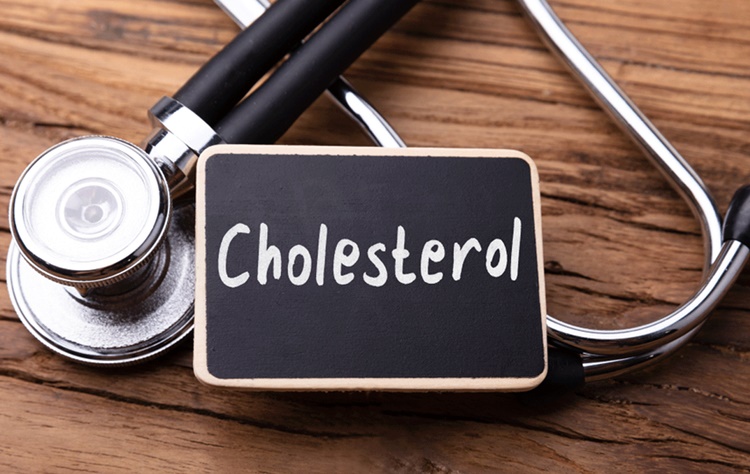Here are the things you need to know about good cholesterol and bad cholesterol
GOOD CHOLESTEROL & BAD CHOLESTEROL – These are the things you need to know about cholesterol and how to check if you have a high or low level.
This substance, as many perceived, is bad for the body. However, this type of lipid, which is a waxy, fat-like substance that the liver produces naturally is very vital for the formation of cell membranes, certain hormones, and vitamin D.

BAD or LDL CHOLESTEROL
The bad or the low-density lipoprotein (LDL), at a high level, can build up on the walls of your arteries. This is known as cholesterol plaque that can narrow the arteries, blood flow, and raise the risk of blood clots. Blood clotting in an artery that supplies blood to the brain can lead to a heart attack or stroke, according to the article from Healthline.
GOOD or HDL CHOLESTEROL
The good or the high-density lipoprotein (HDL) helps return LDL to your liver to be removed from your body. Because of this, the formation of the plaque is prevented in the arteries. Having healthy levels of HDL can help also lower the risk of blood clots, heart disease, and stroke.
READ ALSO: Top 10 Health Conditions Affecting Millennials & Why #1 Happens
CHECKING THE LEVEL
When you reach the age of 20, you must get your levels checked at least once every four to six years, according to the American Heart Association. However, the doctor may advise you to get your level checked more often if you have a history of high cholesterol or other risk factors for cardiovascular disease.
Having too high levels of total cholesterol or LDL cholesterol, which is the overall amount of cholesterol in your blood including LDL and HDL, the doctor will diagnose you with high cholesterol. If your LDL levels are too high and your HDL levels are too low, having a high is more dangerous.
Here are the tips for getting aware of your HDL and LDL level.
- Pay attention to the saturated and trans fats on your food labels, as well as added sugars. The less of these you consume, the better. No more than 10 percent of your daily calories should come from either saturated fats or added sugars.
- Don’t worry about eating enough amount of this substance. Your body makes enough whether or not you consume it.
- Eat more healthy, unsaturated fats. Try replacing butter with extra virgin olive oil in cooking, buy lean cuts of meat, and snack on nuts and seeds instead of french fries or processed snack foods.
Here is the chart.
| TC | HDL | LDL | |
| Acceptable | lower than 170 | higher than 45 | lower than 110 |
| Borderline | 170–199 | 40–45 | 110–129 |
| High | 200 or higher | n/a | higher than 130 |
| Low | n/a | lower than 40 | n/a |
READ ALSO: BEDSORES: What You Need To Know About Pressure Injuries
